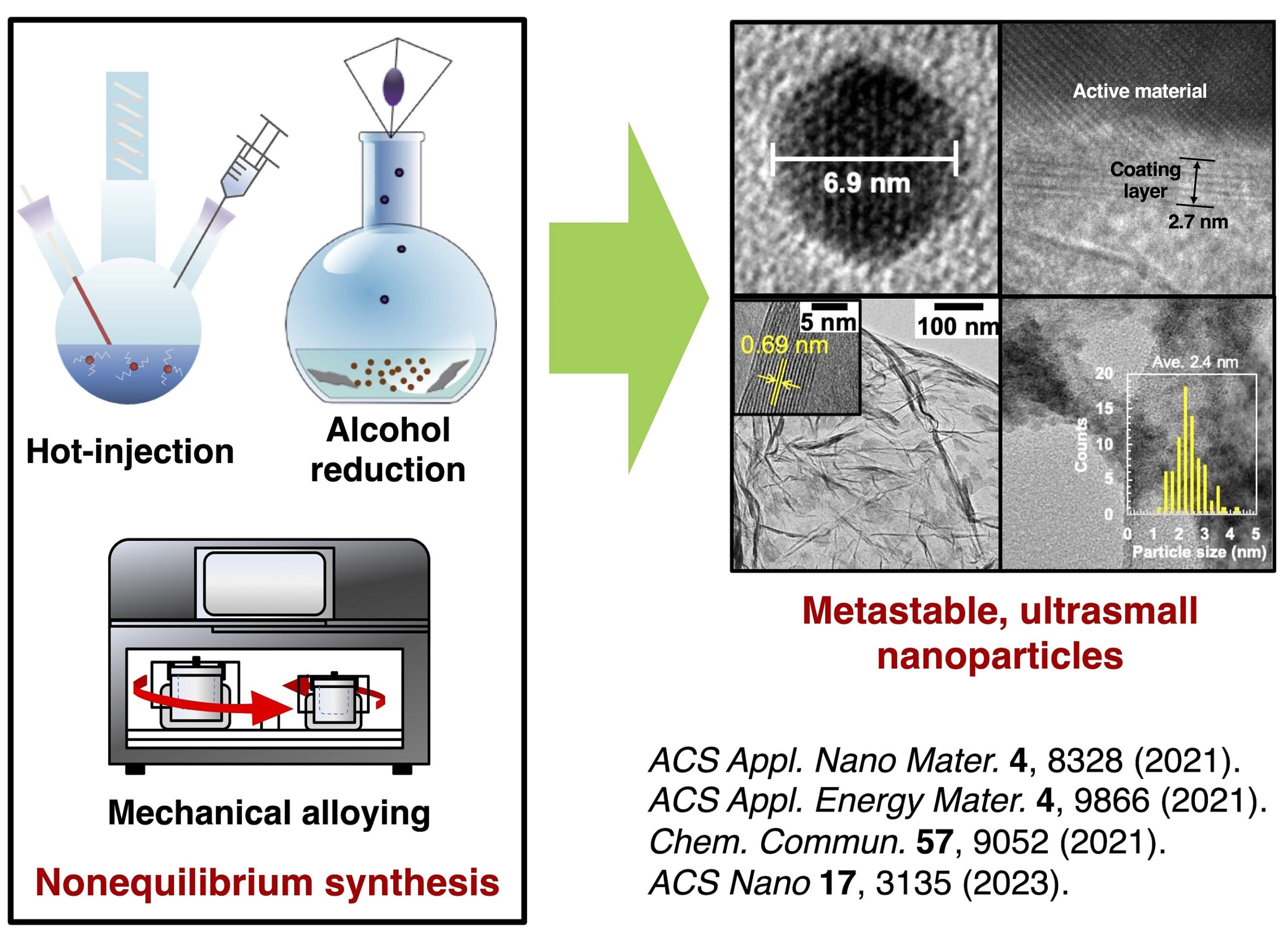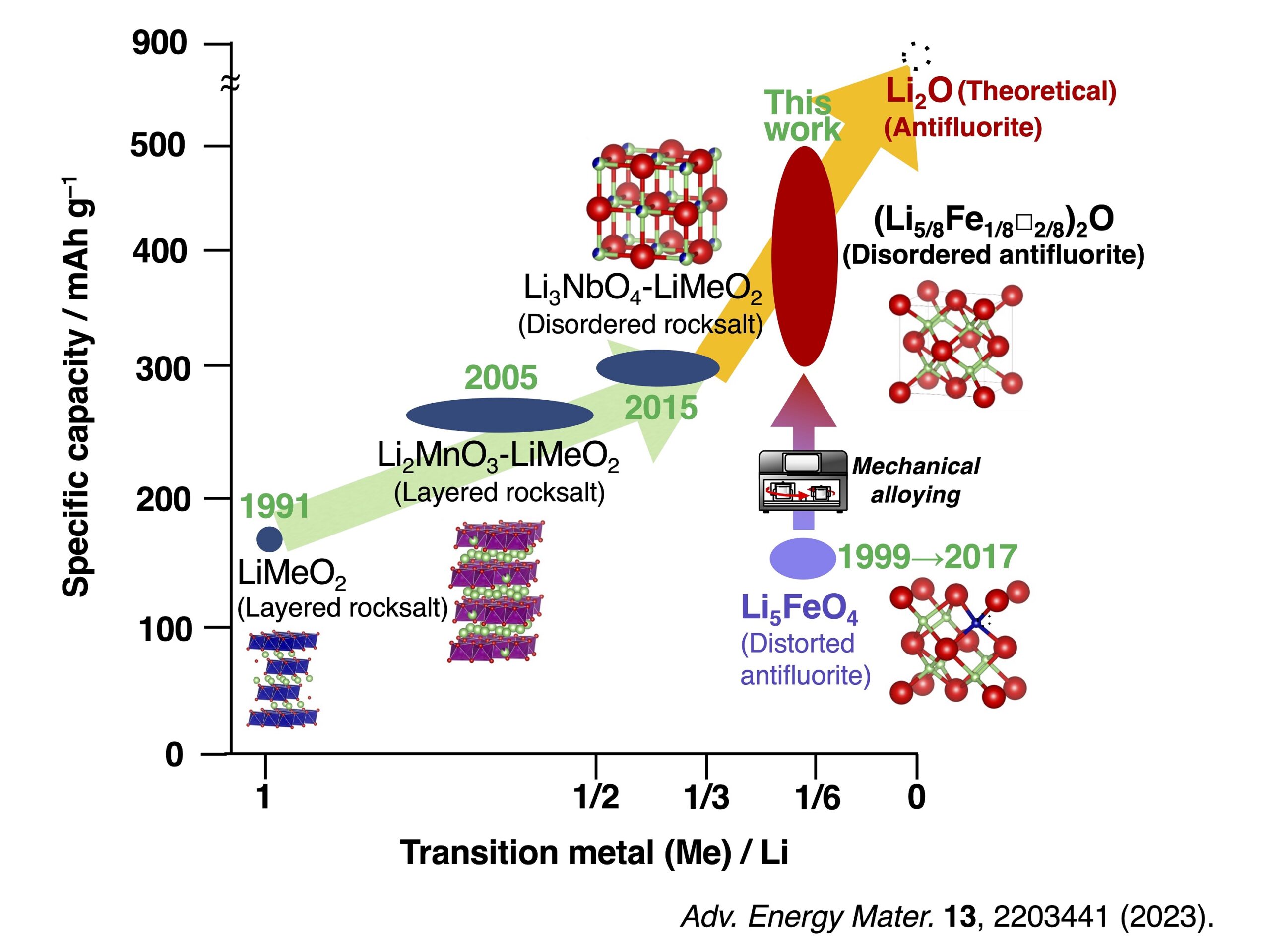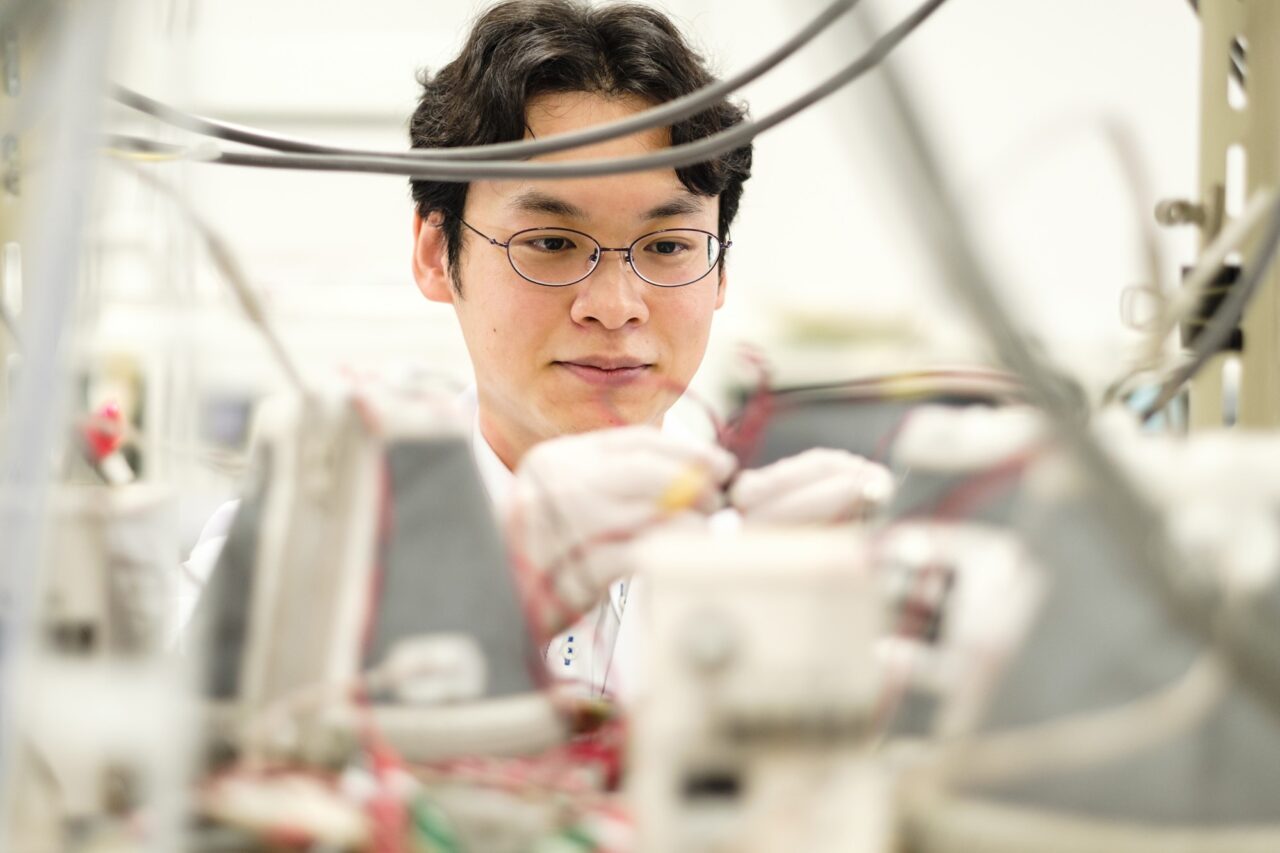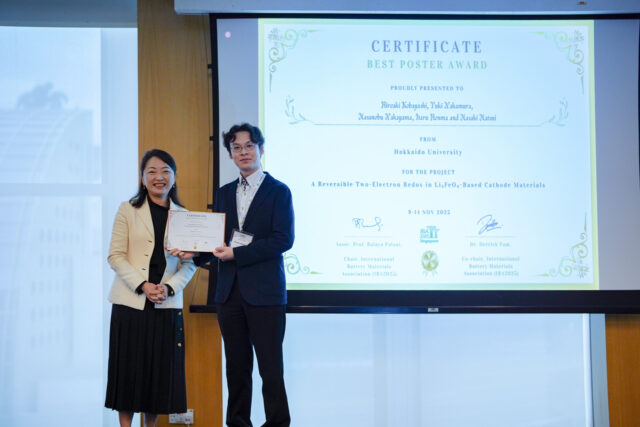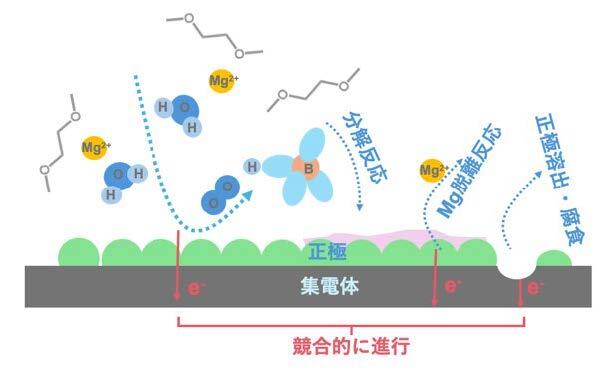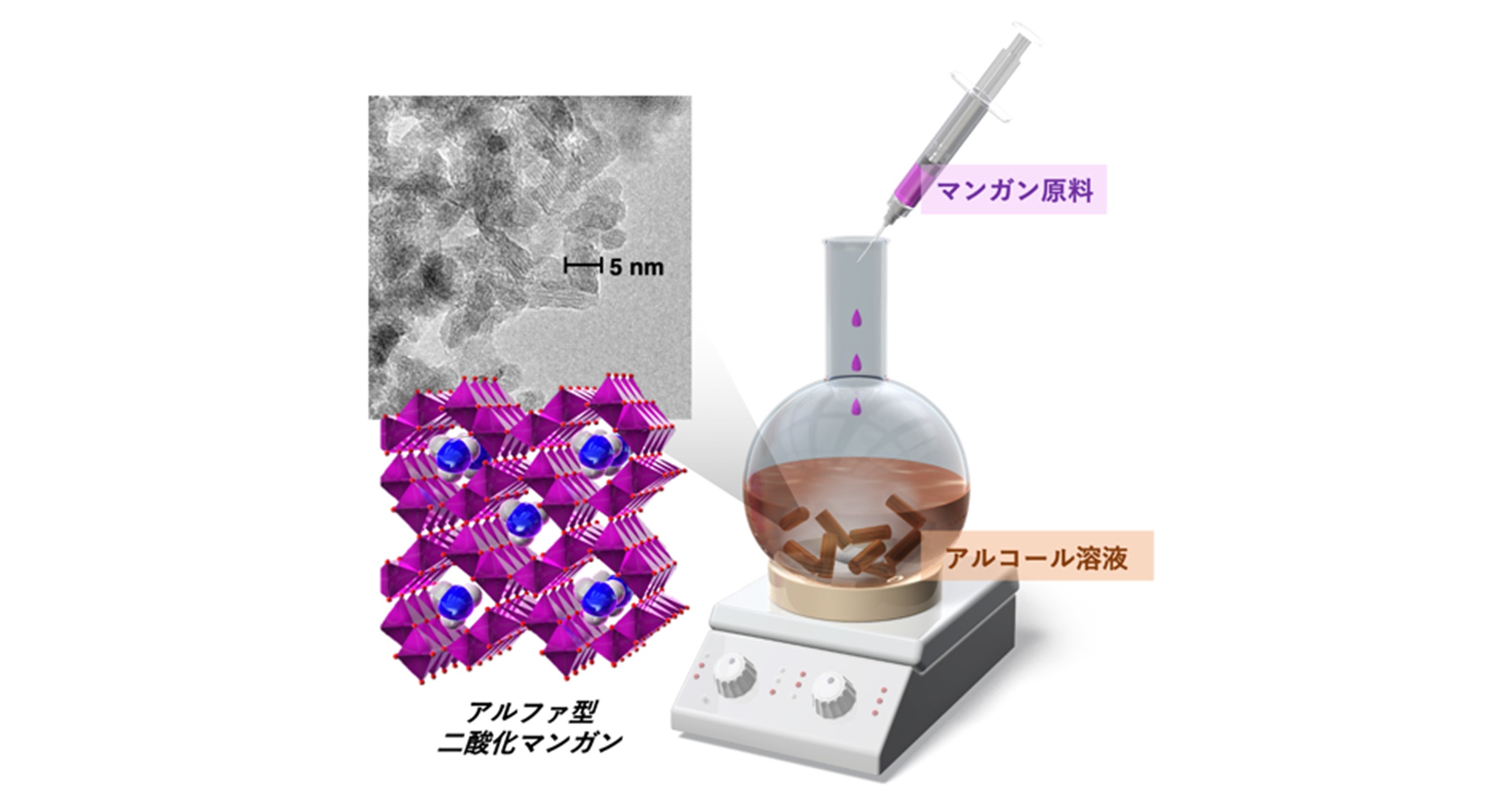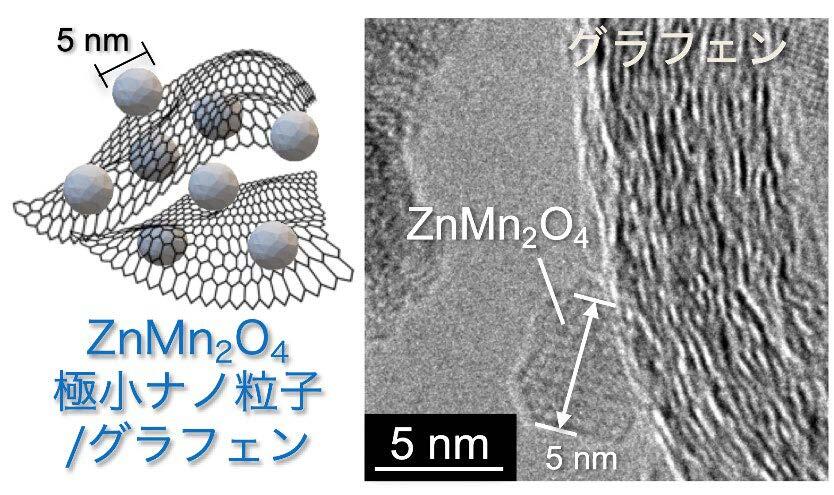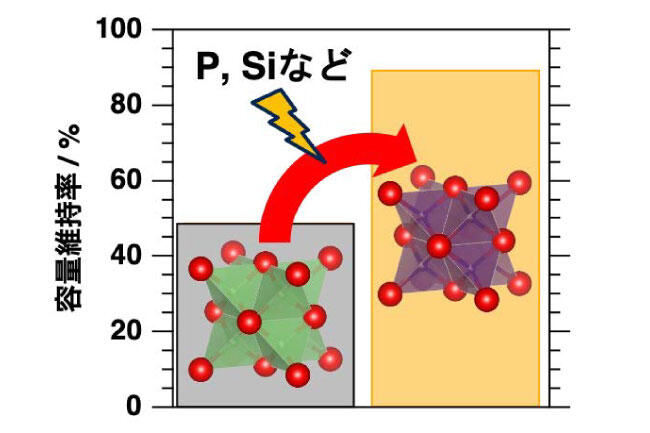KOBAYASHI Hiroaki
Associate Professor
Development of next-generation batteries
Department of Chemistry, Inorganic and Analytical Chemistry
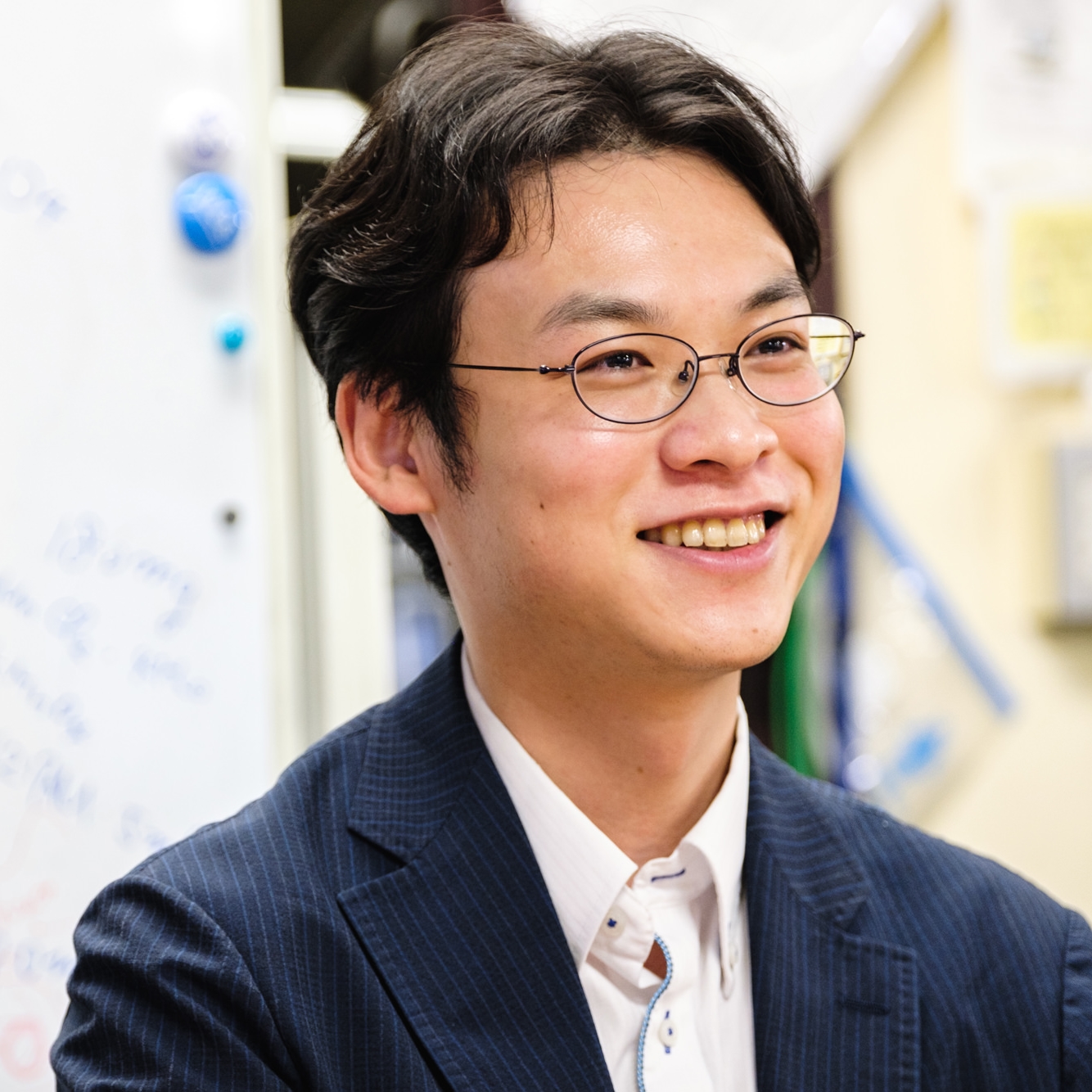
| Theme | Investigation of ionics of metastable materials, porous nanomaterials, and artificial interfaces |
| Field | Materials chemisty, Electrochemistry, Inorganic chemistry |
| Keyword | Next generation batteries, Porous nanomaterials, Metastable materials |
Introduction of Research
Lithium-ion batteries are widespread not only in mobile devices but also in large energy storage systems. To meet the increasing demand of high-energy, low cost, and high safety, development of next generation batteries is indispensable. However, most of materials for the next generation batteries have low electric/ionic conductivity, hence novel materials and their synthesis procedures are requied. Our group focuses on materials chemistry for next generation batteries such as high capacity lithium-ion batteries, high-voltage solid-state batteries, and magnesium rechargeable batteries. Recently, we have developed metastable materials for fast ion conduction in solids and realizing new redox mechanisms, porous nanomaterials for fast ion conduction in the entire electrodes, and artificial interfaces for controlling ion mobility at high voltages.
Representative Achievements
R. Zhu, T. Yabu, C. Yang, H. Yang, A. Nasu, T. Mandai, M. Matsui, H. Kobayashi*
Adv. Energy Mater. 15, 2502050 (2025)
R. Iimura, S. Kawasaki, T. Yabu, S. Tachibana, K. Yamaguchi, T. Mandai, K. Kisu, N. Kitamura, Z. Zhao‐Karger, S. Orimo, Y. Idemoto, M. Matsui, M. Fichtner, I. Honma, T. Ichitsubo, H. Kobayashi*
Small 21, 2411493 (2025)
Y. Katsuyama, C. Ooka, R. Zhu, R. Iimura, M. Matsui, R. B. Kaner, I. Honma, H. Kobayashi*
Adv. Funct. Mater. 34, 2405551 (2024)
H. Kobayashi,* Y. Fukumi, H. Watanabe, R. Iimura, N. Nishimura, T. Mandai, Y. Tominaga, M. Nakayama, T. Ichitsubo, I. Honma, H. Imai*
ACS Nano 17, 3135-3142 (2023)
H. Kobayashi,* Y. Nakamura, M. Nakayama, S. Kodaki, R. Matsuo, I. Honma
Adv. Energy Mater. 13, 2203441 (2023)
Research Press Release: Doubling the capacity of iron oxide-type cathodes for cost-effective Li-ion batteries
Related industries
| Academic degree | Doctor of Engineering |
| Self Introduction | My hometown is Gumma. I went north from Kanto (Gumma and Tokyo), via Tohoku (Sendai), to reach Hokkaido (Sapporo). I have been involved in various materials research; catalysts at undergraduate, magnetic materials in my master's degree, and batteries in my Ph. D. Now I develop novel materials using my broad background. My hobbies are cooking and black tea. |
| Academic background | 2012 B. S., Faculty of Engineering, The University of Tokyo 2014 M. S., Graduate School of Arts and Sciences, The University of Tokyo 2017 Ph.D., Graduate School of Engineering, The University of Tokyo 2017 Assistant Professor, Institute of Multidisciplinary Research for Advanced Materials, Tohoku University 2022 Senior Assistant Professor, Institute of Multidisciplinary Research for Advanced Materials, Tohoku University 2023- Associate Professor, Faculty of Science, Hokkaido University |
| Affiliated academic society | The Electrochemical Society of Japan, The Ceramic Society of Japan, The Solid State Ionics Society of Japan, The Chemical Society of Japan |
| Project | JST Green Technologies of Excellence (GteX) JST PRESTO [Development and Recycling of Materials] |
| Room address | Science Building 6, Room 6-4-02 |

